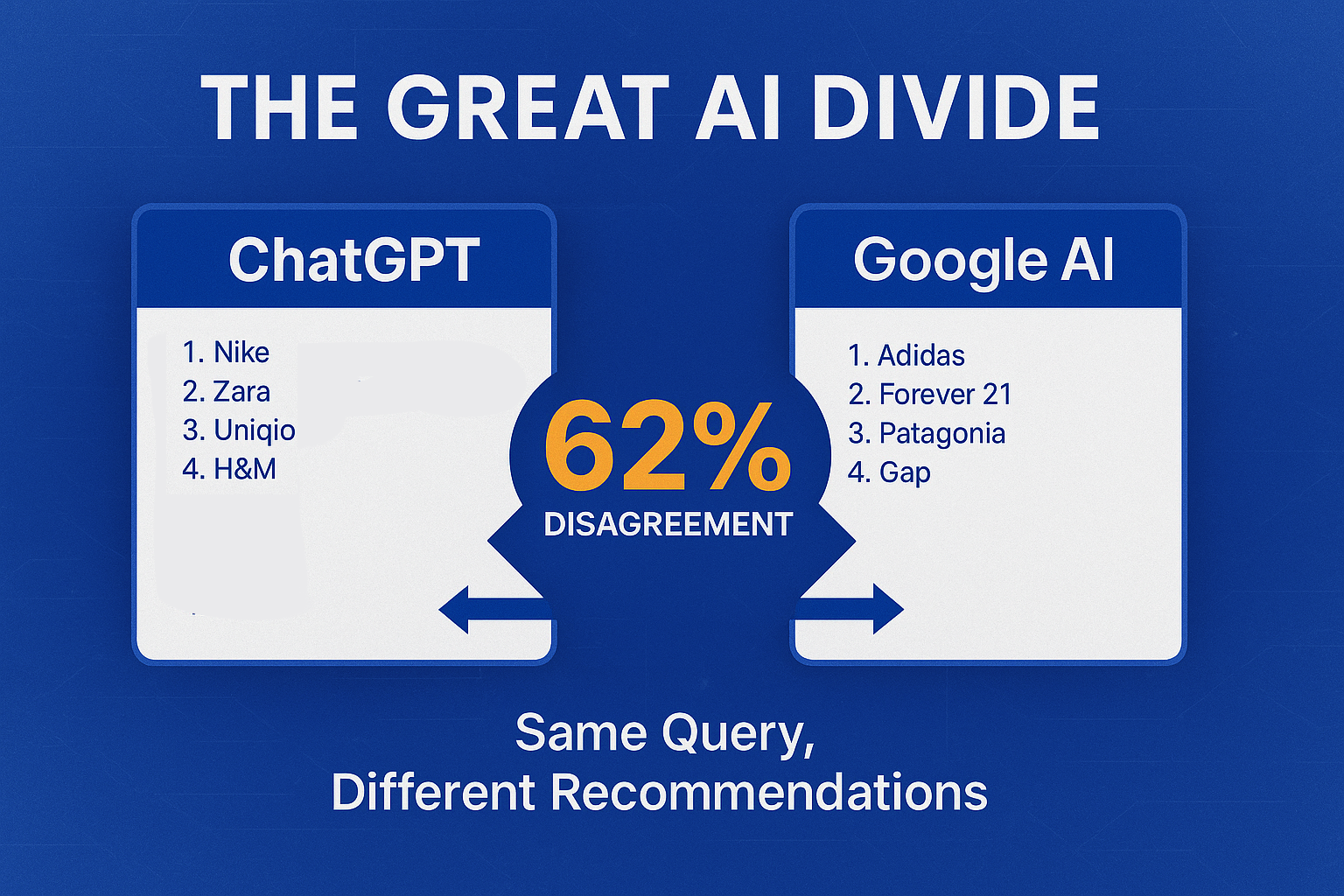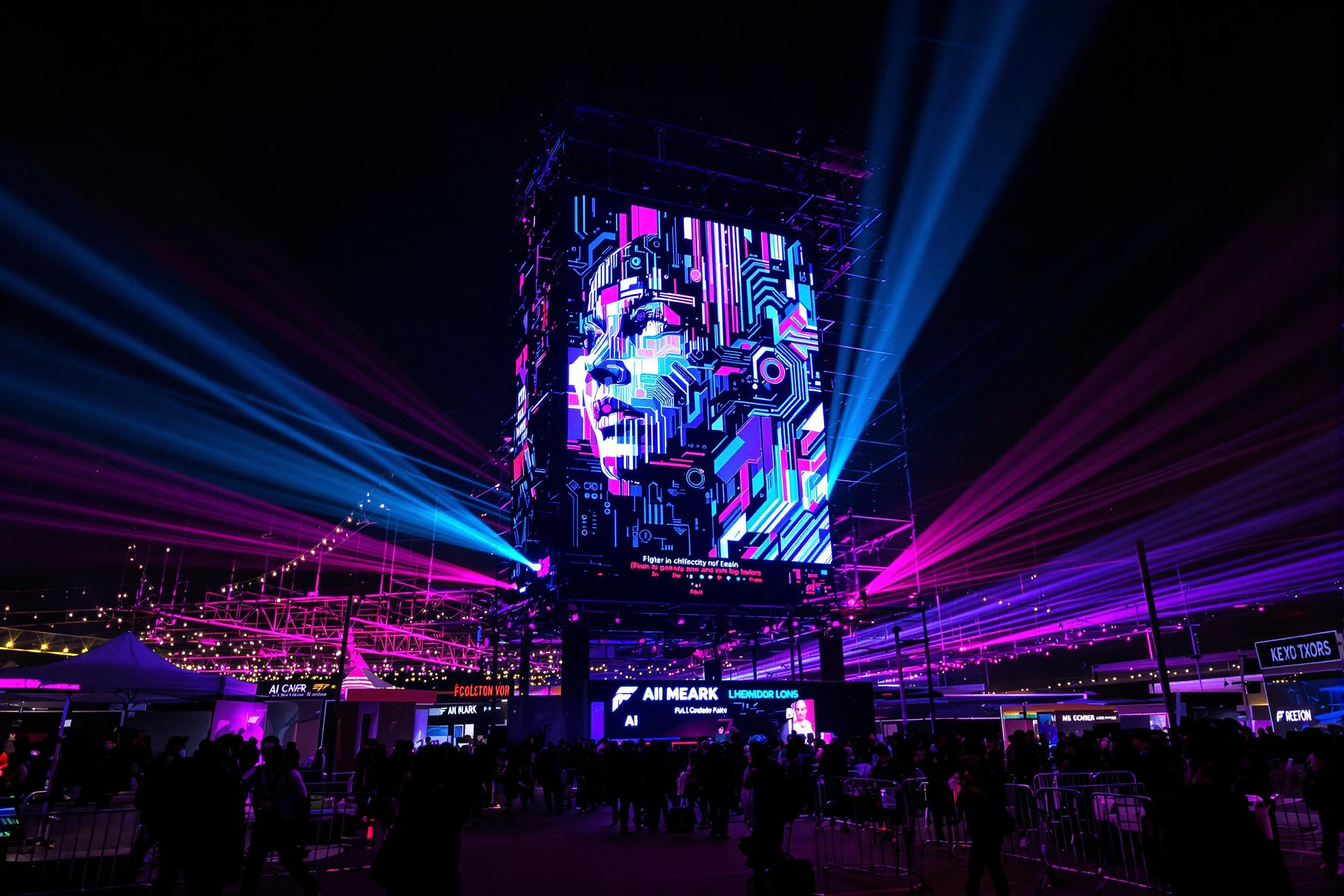Today, 50% of online queries are AI-driven. This isn't just a statistic - it represents a fundamental shift in how consumers learn about and interact with your brand. Every day, AI language models answer millions of questions about your company. The analytics tools you rely on can't see, measure, or influence these AI-generated narratives.
We share our journey at Sentaiment, revealing how generative AI has transformed brand perception and why traditional analytics leave you flying blind in this new reality.
Why We Built Sentaiment: The Moment Brands Lost Their Narrative Control
In early 2024, our team noticed something alarming: AI language models were creating independent brand narratives that often contradicted companies' intended messaging. These AI interpretations reached millions through chatbots and search tools, yet brands had no visibility or control.
The Sentaiment Score: Why Traditional Analytics Are Dead in the Generative AI Era
Legacy tools that simply track mentions and basic sentiment miss the sophisticated ways AI systems understand and communicate about your company.
The Sentaiment Score revolutionizes brand monitoring by measuring the gap between your intended identity and AI-driven perception across:
- Narrative alignment across 280+ language models
- Value proposition accuracy in AI responses
- Competitive positioning in market comparisons
- Industry context and expertise recognition
- Brand personality consistency
The New Competitive Reality
40% of consumers now trust AI as an information source about brands. Traditional analytics track social media and news mentions. But they miss the AI-driven conversations happening in search results, chatbots, and virtual assistants - where your brand narrative is being shaped in real-time.
The Multi-Dimensional Brand
AI builds complex, interconnected models of your:
- Product offerings and capabilities
- Customer relationships and satisfaction
- Market position and competitive advantages
- Corporate values and culture
- Industry expertise and authority
- Public perception and reputation
Training vs. Influencing: The New Rules of AI Perception
You can't directly control how AI models represent your brand. The models are trained on vast datasets that you don't own. Instead, you need strategic influence through:
- Consistent messaging across digital channels
- High-authority content that shapes AI understanding
- Regular monitoring of AI interpretations
- Swift correction of misrepresentations
Real-Time Brand Identity
Your brand identity evolves constantly through AI interactions. Modern AI tools analyze every customer conversation for sentiment, satisfaction, and resolution. This creates a dynamic feedback loop that shapes how AI systems understand and represent your brand.
The market reflects this shift. Industry projections show the creative AI market expanding from $1.7 billion to $21.6 billion by 2032.
Building a Better Solution
Sentaiment leads in AI brand perception management with:
- Real-time monitoring of 280+ language models
- Competitive benchmarking
- Content recommendation
- Content benchmarking
- Risk detection and alerts
When AI Gets It Wrong: Real Impact of Misrepresentation
AI misinterpretations damage brands in specific ways:
- Recommending outdated products to potential customers
- Incorrectly comparing you to competitors
- Misrepresenting your pricing or value proposition
- Creating false associations with unrelated brands or issues
Looking Forward: The Future of Brand Analytics
New developments in ethical AI are reshaping brand perception. Models are being trained with enhanced bias detection and fairness metrics. This makes understanding and influencing AI perception even more critical.
Your traditional analytics still matter. But they're just one piece of your brand's story. The real question: Can you see and shape how AI systems represent you to millions of potential customers?
Don't wait until AI misrepresentation impacts your bottom line. Start monitoring your AI brand perception today with Sentaiment's free tier. Join the brands already securing their narrative in the AI age.














